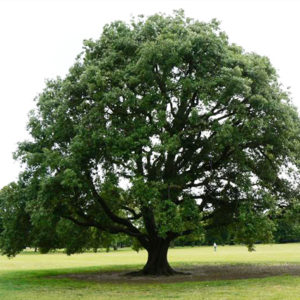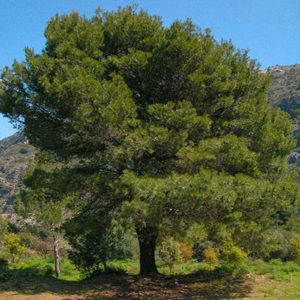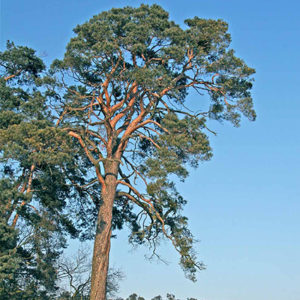Description
Castanea sativa, or sweet chestnut, is a species of flowering plant in the family Fagaceae, native to Southern Europe and Asia Minor, and widely cultivated throughout the temperate world. A substantial, long-lived deciduous tree, it produces an edible seed, the chestnut, which has been used in cooking since ancient times.
The leaves provide food for some animals, including Lepidoptera such as the case-bearer moth Coleophora anatipennella and rose chafer Macrodactylus subspinosus.
Distribution: The species is widely distributed throughout Europe, where in 2004 C. sativa was grown on 2.25 million hectares of forest, of which 1.78 million hectares were mainly cultivated for wood and 0.43 million hectares for fruit production. Italy, France, southern Switzerland, Spain, Portugal and Greece are countries with a strong sweet chestnut tradition, with trees cultivated intensively in coppices and orchards. Countries like England, Croatia, Turkey and Georgia only have a partially developed sweet chestnut tradition due to geography or history. Nevertheless, centuries-old specimens may be found in Great Britain today.
Species: Castanea sativa, sweet chestnut
Family: Fagaceae | Genus Castanea
Height: 25 – 35 m
Plant range: S. Europe, N. America, SW Asia, N. Africa
- Compesation timing: CO2 240 Kg.
- CO2 Annual compensation: 12Kg / year.
- CO2 offset period: 0 anni 20 anni.
- Average natural life span: 500 anni.
Used for:
The species is widely cultivated for its edible seeds (also called nuts) and for its wood.
A tree grown from seed may take 20 years or more before it bears fruits, but a grafted cultivar such as ‘Marron de Lyon’ or ‘Paragon’ may start production within five years of being planted. Both cultivars bear fruits with a single large kernel, rather than the usual two to four smaller kernels.








